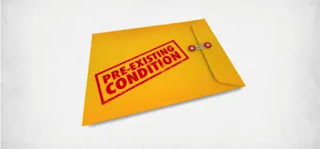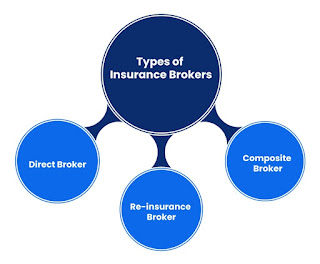Material Duty (Duties)

Material Duty (or Duties) The set of tasks or skills required in your specific occupation. These are duties that cannot be reasonably omitted or changed without hindering your ability to perform your occupation. A material duty in insurance is a duty that is essential to the performance of a particular occupation. If an individual is unable to perform their material duties, they may be considered disabled under the terms of their insurance policy. Material duties are used to help the insurance adjuster determine whether you are disabled under the contract. Small differences, such as “a,” “the,” “some,” and “all” material duties, can greatly impact whether you qualify for disability benefits. Material duties vary depending on the occupation. For example, a surgeon's material duties may include performing surgery and providing patient care. A lawyer's material duties may include researching and writing legal documents and representing clients in court. To determine whet
















